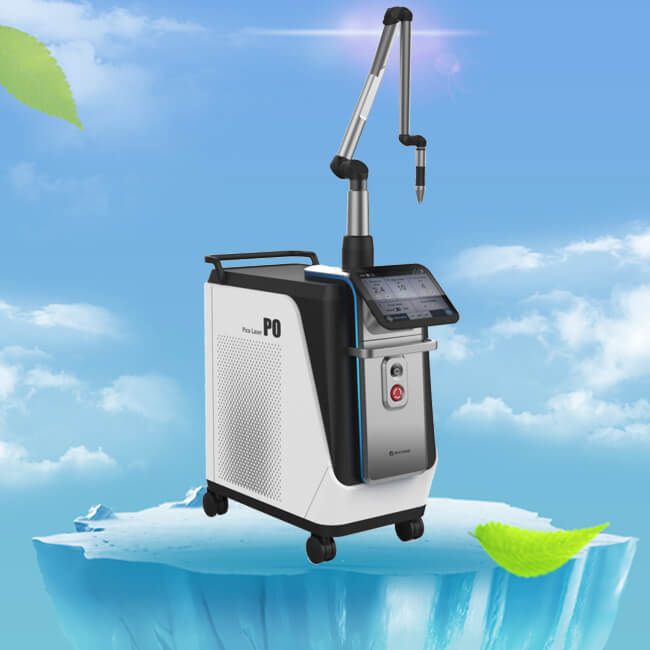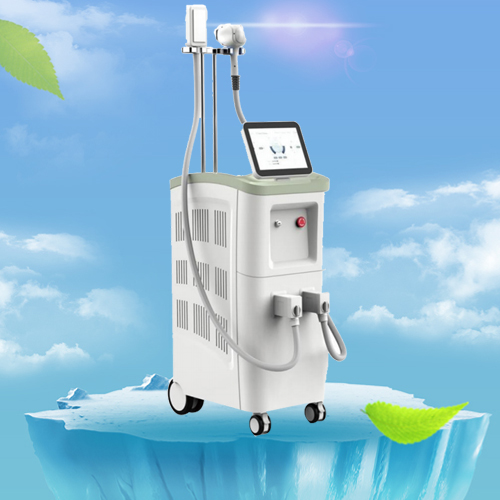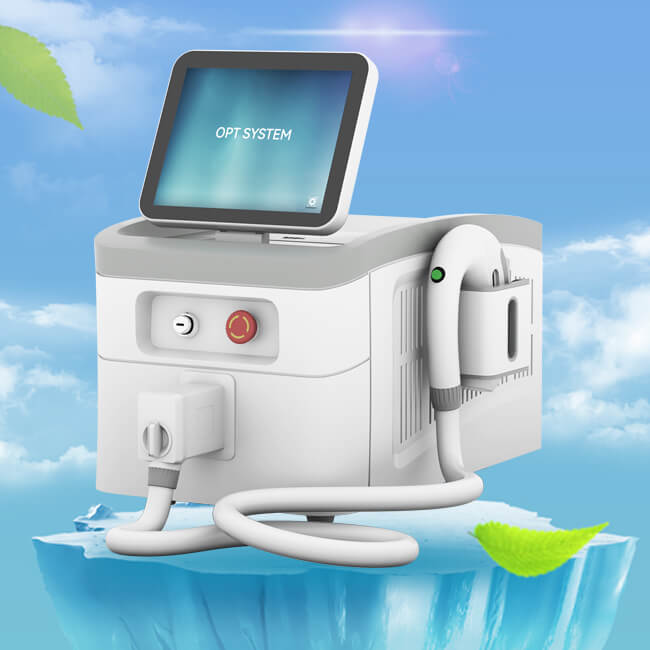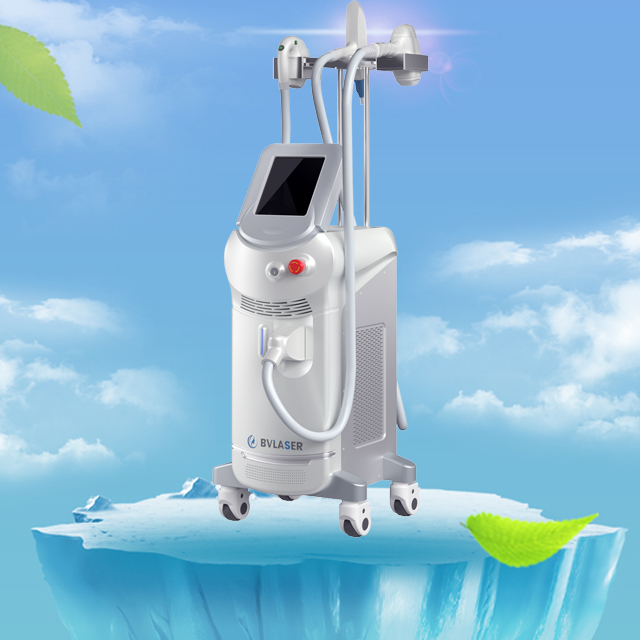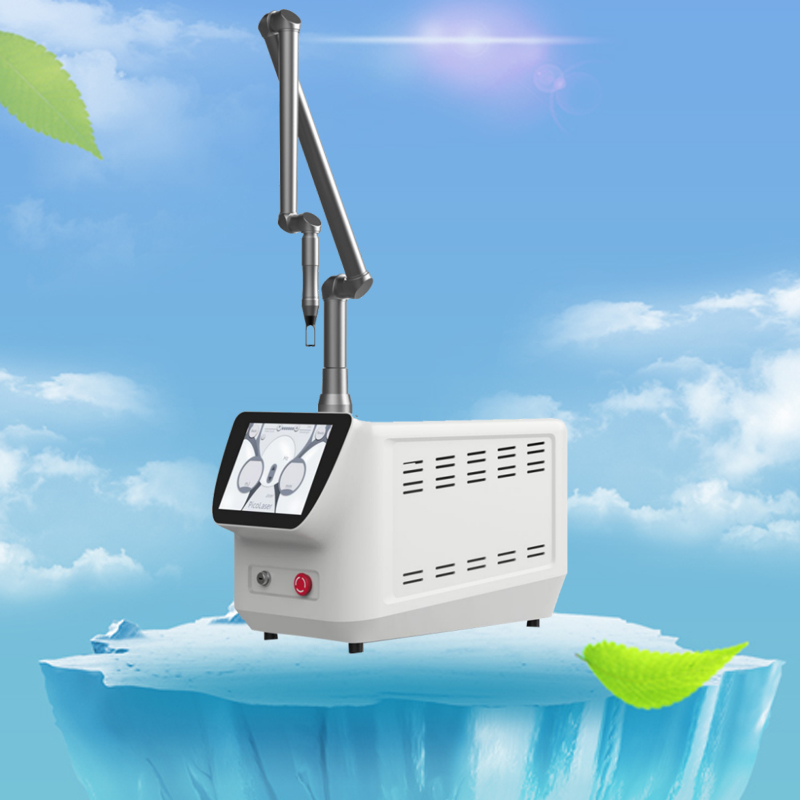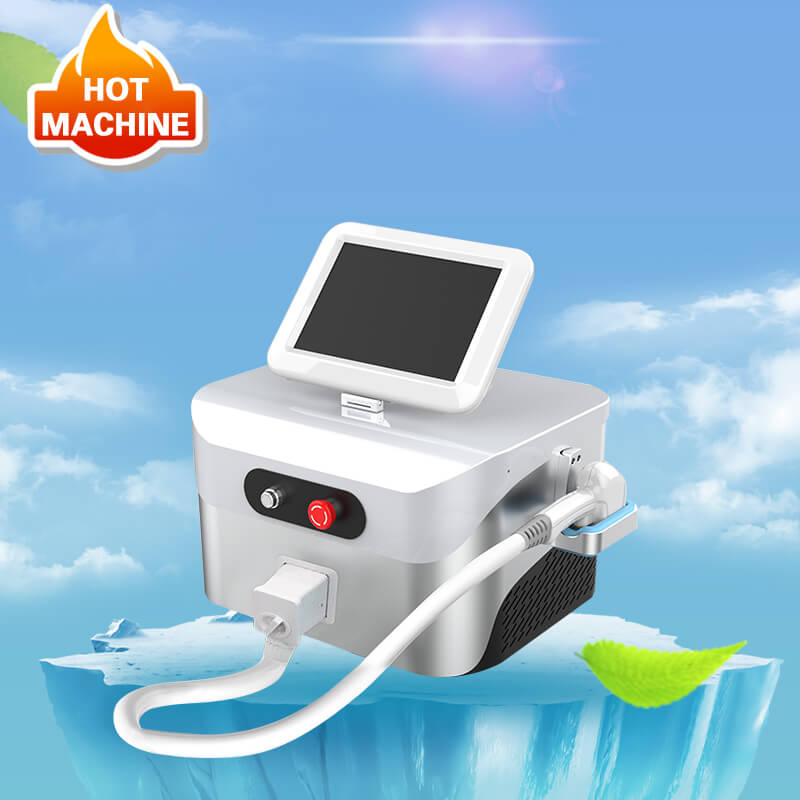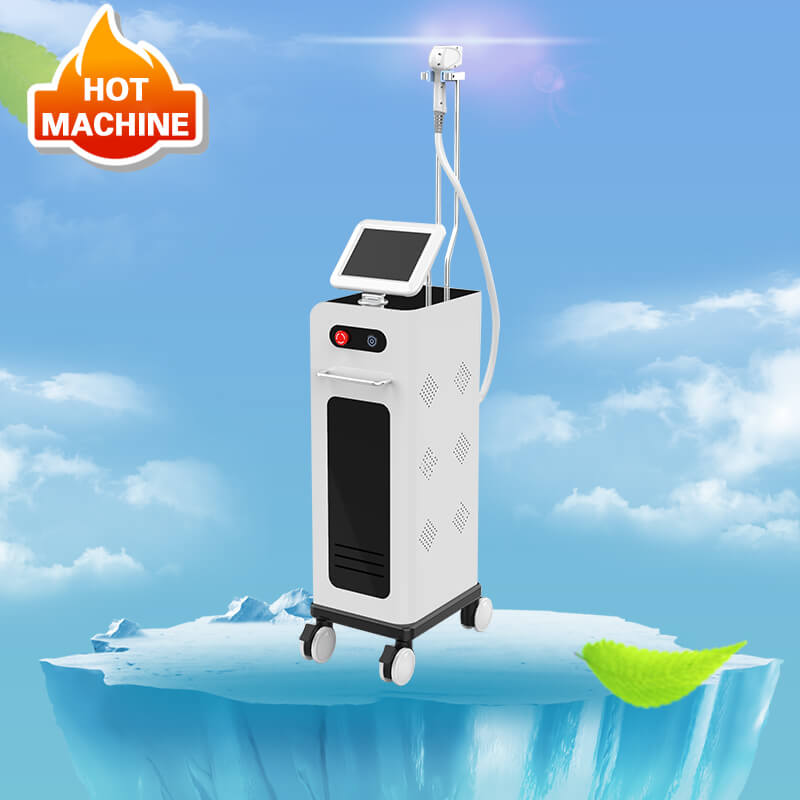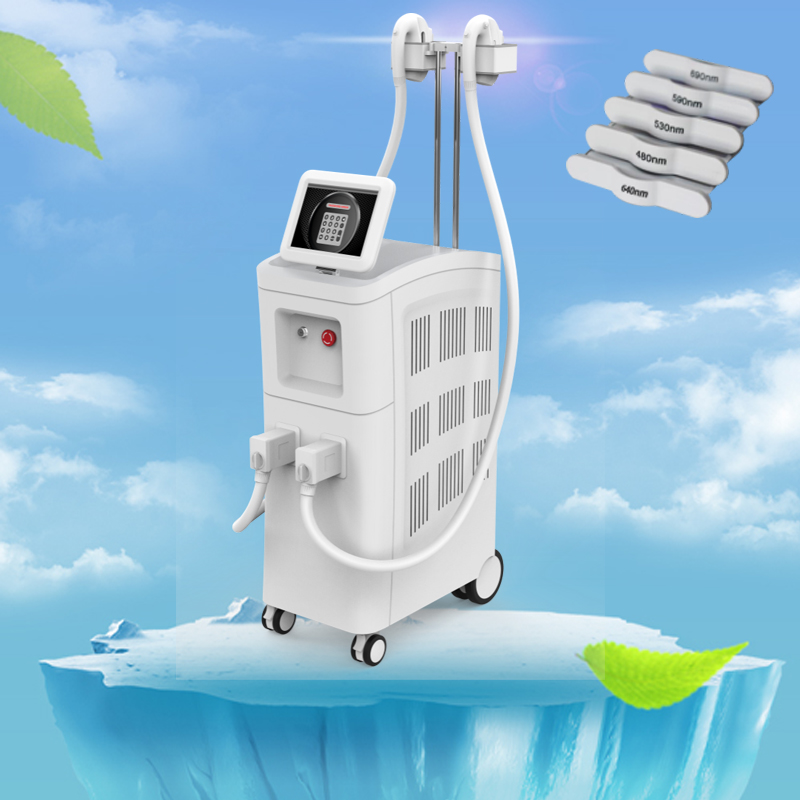What does the ND YAG laser skin treatment involve?
Author:baishilf Time:2024-05-30 11:01:41
Q-switched ND YAG laser treatment has strong absorption in oxyhemoglobin and melanin, resulting in selective heating of veins and hair follicles. This helps produce excellent clinical results. Bestview Laser is a China Q-switched ND YAG laser machine manufacturer, we have the best ND YAG laser machine for sale.
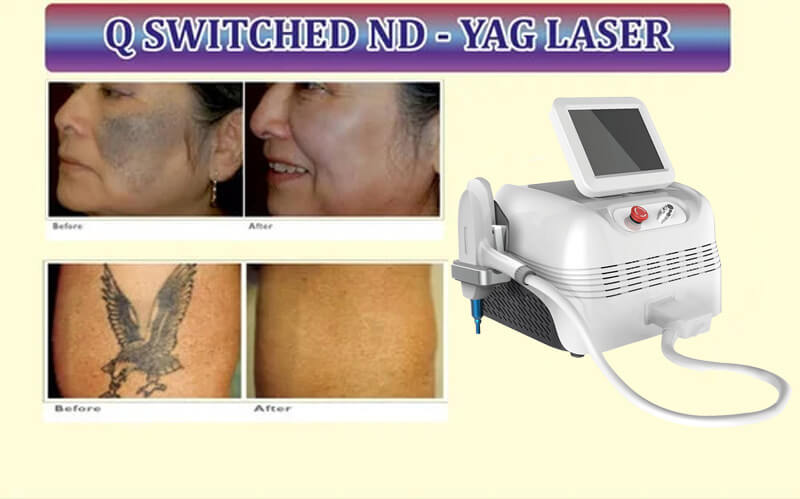
The powerful contact cooling enables treatments to be safe for all skin types and tanned skin, skin tightening, and for the removal of superficial and deep pigment such as age spots, sun damage, freckles, moles and birthmarks. This laser can be safely used in all skin types for laser skin toning, which will help give your skin a youthful glow.
What can Q-switched ND YAG laser treat?
The Q-Switched ND YAG laser system is designed to target various types of pigment in the skin and can remove birthmarks, hyperpigmentation and tattoos.
1.Birthmarks.
2.Hyperpigmentation.
3.Tattoos.
How Q-switched ND YAG laser works
Lasers work by emitting a wavelength of high energy light, which when focused on a certain skin condition will create heat and destroy diseased cells. Delivering brief, intense pulses.
This makes the Q-switched ND YAG laser essential in the treatment of skin pigmentation. The pulse delivered by the laser is powerful enough to destroy its target, without harming surrounding skin.
The ND YAG laser treatment will consist of placing a hand piece against the surface of the skin, which activates the laser. Many patients describe each pulse feeling like the snapping of a rubber band against the skin, which is very tolerable during the treatment process.
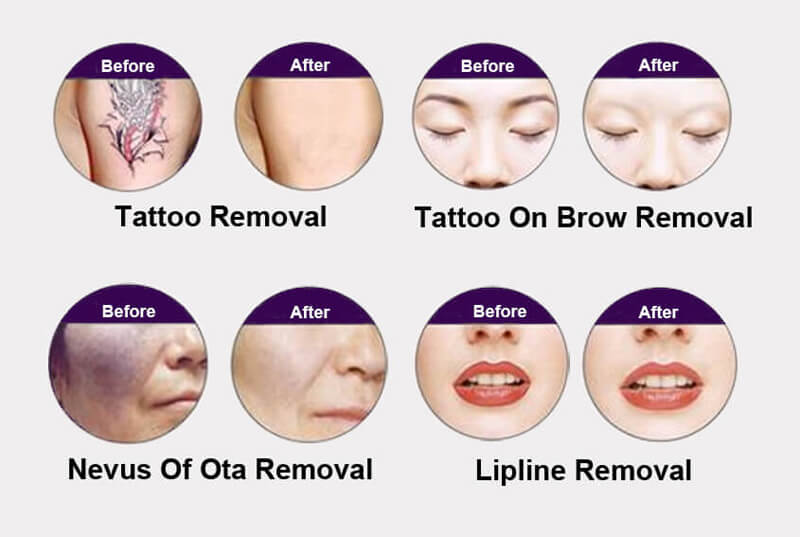
How to prepare before ND YAG laser treatment
Before your treatment, avoid excessive sun exposure and tanning for one month. During the treatment process, the patient must wear eye protection, which will be provided to you in the form of an opaque covering or pair of goggles. If a patient is particularly sensitive to pain, topical anaesthetic may be applied to the treatment area but is usually not necessary or required.
Consultations with a healthcare provider or dermatologist are typically required before ND YAG laser treatment. During your consultation, your provider may:
1.Evaluate your skin type and general health status.
2.Ask about your skin care regime.
3.Ask about your medications or allergies, if any.
4.Ask what you want to achieve from your procedure.
5.Discuss your options.
6.Recommend a course of treatment.
7.Provide an estimate for the number of laser sessions needed.
8.The consultation is a great time to ask questions.
Whether you choose to follow through with a procedure after your consultation is entirely up to you. In some cases your provider may be able to perform the procedure within the same day. Other times, you may need to book for a later date.
Sun damage, acquired before or after your procedure, can affect your ND YAG laser treatment’s results. Always protect your skin by wearing long layers and sunscreen on sun-exposed areas.
In the lead up to your treatment, your specialist may ask you to avoid using scrubs, exfoliants, bleaching creams, or retinoids on the skin area being treated. They may also ask you to avoid the sun.
Treatment Day
Your specialist may or may not have you wear a medical gown. They may apply a numbing cream or local anesthetic to your skin before the procedure begins. You will also be given eye shields to protect your eyes.
For Q-switched ND YAG laser treatments, specialists should do a ‘test spot’ on the skin to ensure the laser and its settings are compatible with your skin type.
Q-switched ND YAG laser treatments can take anywhere from 10 to 45 minutes, depending on the procedure and how big or layered the treatment area is.
Afterwards, you may be given the option to schedule your next laser treatment, if needed. There should be at least six to eight weeks between each laser session.
Recovery
Once your Q-switched ND YAG laser treatment is finished, your specialist will cover the treated area in a sterile bandage. Your specialist may ask you to:
Keep the treated area covered for 24 to 48 hours.
1.Avoid soaking the skin area in water.
2.Avoid direct sunlight.
3.Avoid touching, itching, or picking at the treated area.
4.You may need to apply an antibiotic or antiseptic ointment to the treated area and keep it covered for 7 to 10 days.
To soothe the treated area, an ice pack may be applied immediately following treatment. In the first few days after your treatment, care should be taken to avoid scrubbing the area and the use of abrasive skin cleansers should also be avoided. The application of a bandage or patch may help prevent abrasion of the treated area.
Results
The ND YAG Laser has been largely effective in the removal of well-defined brown spots for more than a decade. The reduction or removal of unsightly birthmarks may greatly improve one’s sense of confidence and self esteem, although individual results do vary from patient to patient. However, most patients require only one treatment and the results are dramatic. While there is some mild irritation to the skin post-treatment, which usually lasts a few days to a week, many patients do not mind tolerating it because the ND YAG laser saves patients the inconvenience of repeated trips to beauty center.
Potential Complications
1.Side effects from ND YAG laser treatment are usually minor and may include:
2.Pain during treatment, which can be reduced by contact cooling and if necessary, topical anaesthetic.
3.Redness, swelling and itching immediately after the treatment. This may last only a few days after your treatment.
4.Blistering, which occurs rarely when the skin pigment absorbs too much light energy. This should resolve on its own in a few days.
5.Changes in skin pigmentation, which may happen if the pigment cells (melanocytes) get damaged, leaving darker (hyperpigmentation) or paler (hypopigmentation) patches of skin. Generally, cosmetic lasers will work better on people with lighter rather than darker skin tones.
6.Bruising, which only affects up to 10% of patients. It usually fades on its own.
7.Bacterial infection.
How long the ND YAG laser lasts
Depending on the procedure and treatment area, results vary from patient to patient. For tattoo removal, the colour of the tattoo and depth of the pigment impacts the duration and overall outcome of the laser treatment. To achieve favourable results, multiple sessions spaced at 7 week intervals may be required. During your consultation, your specialist will work with you to determine the best treatment schedule for you based on your skin conditions and the results you desire.
What does the ND YAG laser treatment involve?
It is important that the correct diagnosis has been made by the clinician prior to treatment, particularly when pigmented lesions are targeted, to avoid mistreatment of skin cancer such as melanoma.
1.The patient must wear eye protection (an opaque covering or goggles) throughout the treatment session.
2.Treatment consists of placing a handpiece against the surface of the skin and activating the laser. Many patients describe each pulse feeling like the snapping of a rubber band against the skin.
3.A topical anaesthetic may be applied to the area but is not usually necessary.
4.Immediately following treatment, an ice pack may be applied to soothe the treated area.
5.Care should be taken in the first few days following treatment to avoid scrubbing the area, and/or use of abrasive skin cleansers.
6.A bandage or patch may help to prevent abrasion of the treated area.
7.During the course of ND YAG laser treatment, patients should protect the area from sun exposure to reduce the risk of postinflammatory pigmentation.
Q-switched ND YAG laser safety
Q-switched laser technology is widely regarded as safe and effective. In addition, studies have found high levels of patient satisfaction following Q-switched laser treatments.
One such study from 2022 evaluated the safety and efficacy of a 1064 nm Q-switched laser for treating dark circles and wrinkles under the eyes.
Before and after photos show Q-switched laser treatments resulted in clear reductions in wrinkles and melanin. The only side effects reported were mild irritation and redness, lasting just a few days post-treatment.
Q-switched laser therapy can be an effective treatment for your skin condition or tattoo removal. Whatever the reason, be sure to ask your healthcare provider about any questions you may have about the procedure, and any special instructions you need to follow to get the best outcome.





